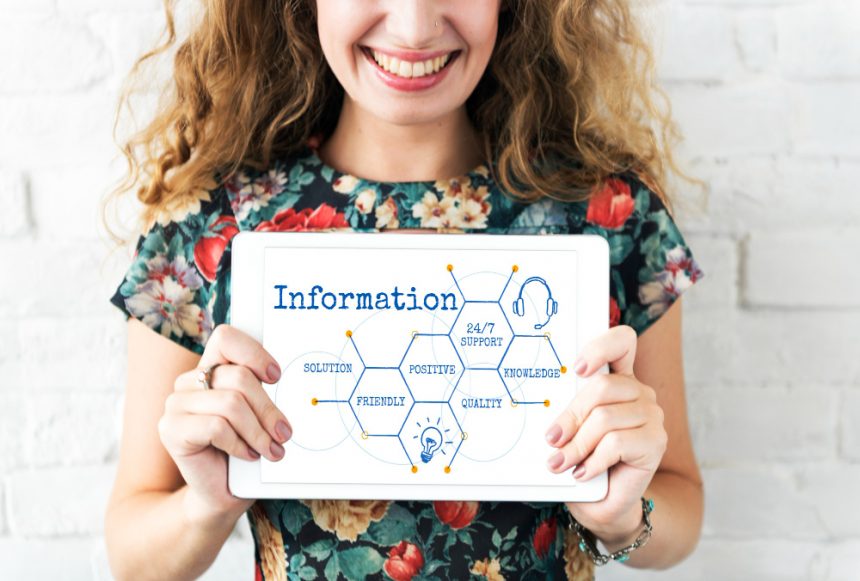Harnessing Technological Breakthroughs to Transform Daily Life: Exploring How Innovations Pave the Way for Smarter Solutions in Everyday Activities
In a rapidly evolving world, the integration of innovative technologies into our daily routines is no longer a luxury but a necessity that significantly enhances convenience, efficiency, and quality of life. From smart homes equipped with intuitive automation systems to wearable devices that monitor our health in real-time, advancements in fields such as artificial intelligence, the Internet of Things (IoT), and sensor technology are seamlessly woven into the fabric of our everyday experiences. Understanding how these innovations develop and their practical applications allows us to appreciate the profound impact they have in creating solutions that are not only smarter but also more responsive to our individual needs.
Whether it’s simplifying mundane chores through home automation, enabling smarter transportation systems, or fostering health-conscious lifestyles with precise monitoring tools, the ongoing revolution in technology continually pushes the boundaries of what is possible in making daily life more manageable, comfortable, and sustainable. As innovation accelerates, exploring the interplay between emerging technologies and everyday problem-solving reveals a future where intelligent solutions become omnipresent, revolutionizing how we interact with our environment and empowering us to live more connected, efficient, and fulfilling lives.
Harnessing Technological Breakthroughs to Transform Daily Life
The core of modern innovation lies in harnessing breakthroughs in various scientific and technological fields to improve mundane activities. Artificial intelligence (AI) is perhaps one of the most transformative, enabling systems that learn from data and adapt to user preferences. For instance, AI-powered assistants like Siri, Alexa, or Google Assistant interpret natural language commands to control household devices, set reminders, or provide instant information—making interactions with technology more intuitive and human-like.
Simultaneously, the rise of the Internet of Things (IoT) connects everyday objects to the internet, creating a network of devices that communicate seamlessly. Smart thermostats like Nest or Ecobee, for example, analyze patterns in household heating and cooling preferences to optimize energy consumption, reducing waste and saving costs. Similarly, connected lighting systems adapt to natural daylight exposure or user habits, enhancing comfort and energy efficiency.
Sensor technology further complements these innovations by enabling real-time data collection. Wearable fitness trackers and health monitors leverage embedded sensors to track vital signs such as heart rate, sleep quality, and activity levels. These devices empower users to make informed decisions about their health and wellness, often integrating with apps that offer personalized insights and recommendations.
Practical Applications: Making Life Smarter, Easier, and More Sustainable
The practical applications of these technological breakthroughs are vast and impactful. In home life, automation has transformed traditional households into smart homes, where lighting, climate control, security cameras, and appliances operate through centralized systems or voice commands. Imagine waking up to a home where the curtains open automatically, the coffee machine brews your favorite blend, and the temperature adjusts to your comfort—all orchestrated effortlessly via AI-driven automation.
Transportation has also become smarter, with innovations such as GPS navigation systems that optimize routes in real-time, reduce travel times, and lower fuel consumption. Electric vehicles equipped with charging management systems, along with the development of autonomous driving technologies, promise safer and more sustainable urban mobility.
Healthcare has experienced a revolution through wearable devices capable of continuous health monitoring, early detection of medical conditions, and remote consultations. For example, smartwatches can alert users and healthcare providers to irregular heart rhythms, potentially preventing serious health issues before symptoms become severe. Such innovations foster proactive health management and support aging populations in maintaining independence.
In agriculture, IoT sensors monitor soil moisture and crop health, enabling precision farming that conserves water and reduces pesticide use. Businesses are applying similar principles to optimize resource use, decrease waste, and promote sustainability across various industries.
Future Prospects: Turning Ordinary Tasks Into Smarter, More Sustainable Solutions
The trajectory of technological innovation suggests a promising future where everyday tasks are continuously being refined into smarter, more sustainable actions. Emerging developments like artificial intelligence and machine learning will increasingly enable systems that anticipate user needs, adapt to changing environments, and operate autonomously with minimal human intervention.
For instance, in smart cities, interconnected infrastructure can manage traffic flow efficiently, reduce energy consumption in public buildings, and improve waste management through sensors and automated systems. Such comprehensive ecosystem management not only enhances quality of life but also contributes to environmental sustainability.
In our homes, the next generation of intelligent appliances might be capable of self-maintenance, ordering supplies when they run low, and diagnosing faults before they occur. Virtual assistants will evolve into more empathetic companions, understanding emotional cues, and helping with mental wellness.
Furthermore, advancements in renewable energy storage and smart grid technology promise a future where energy use is optimized globally, decreasing our carbon footprint and fostering sustainable living on a larger scale.
Conclusion
Innovations in artificial intelligence, IoT, sensor technology, and sustainable systems are redefining the way we approach everyday challenges. These advancements turn traditional activities into smarter, more efficient routines that save time, reduce waste, and promote healthier lifestyles. As continuous innovation fuels the development of interconnected, responsive solutions, our world is steadily transforming into a more intelligent, sustainable, and convenient environment. Embracing these technological breakthroughs allows us to harness their full potential, improving not just individual lives but also contributing to a more resilient and eco-friendly society.
The journey into smarter living is only beginning, and the future holds limitless possibilities for innovation-driven solutions that enhance our daily experiences in extraordinary ways.





